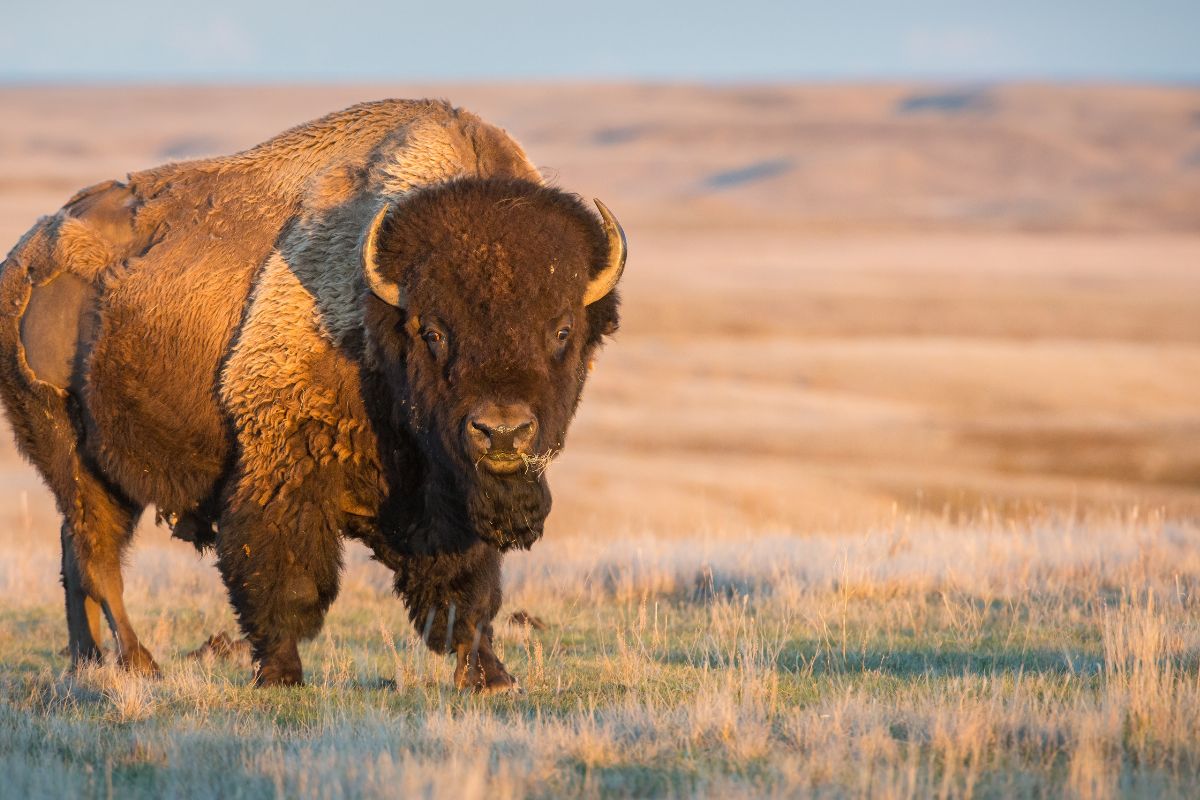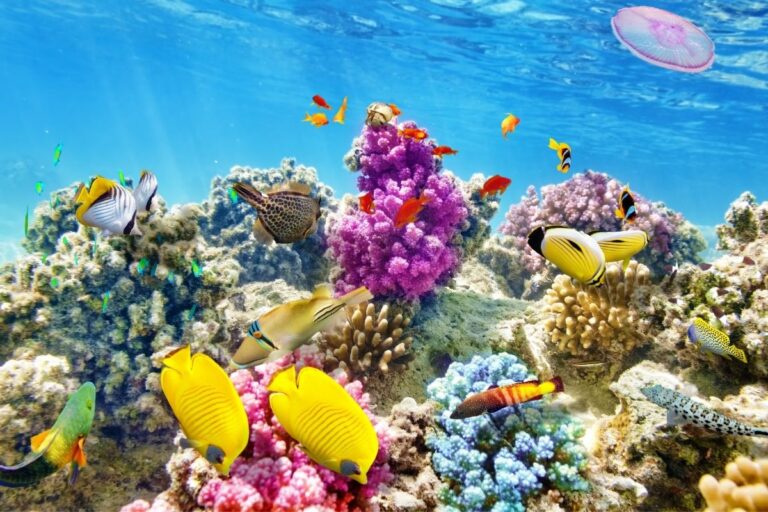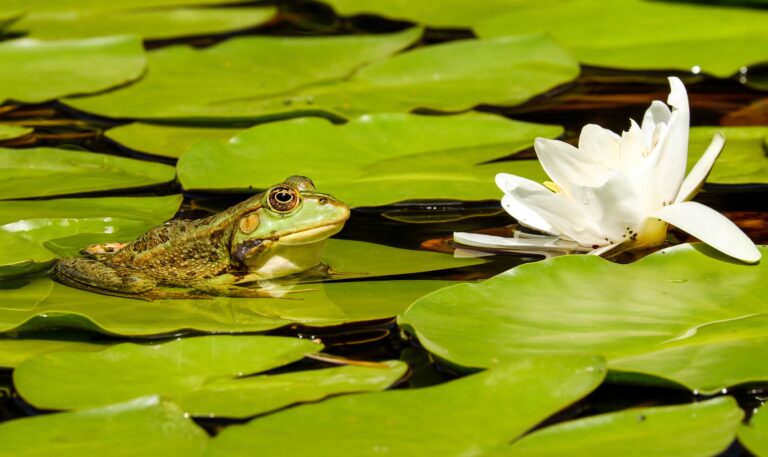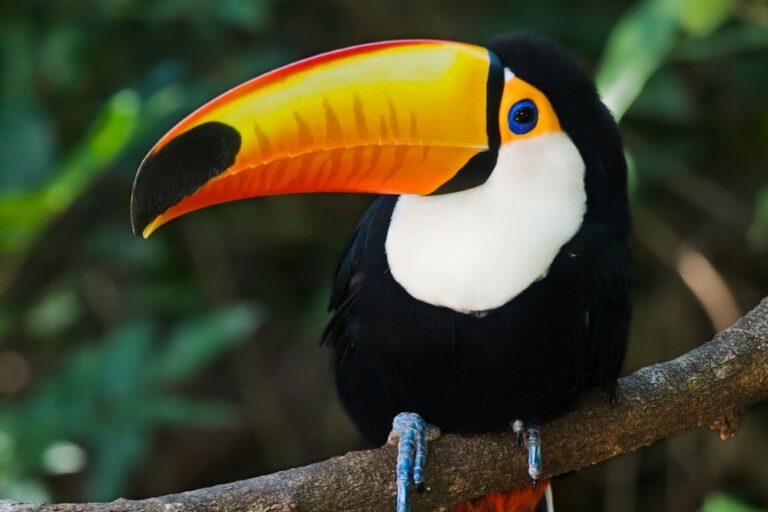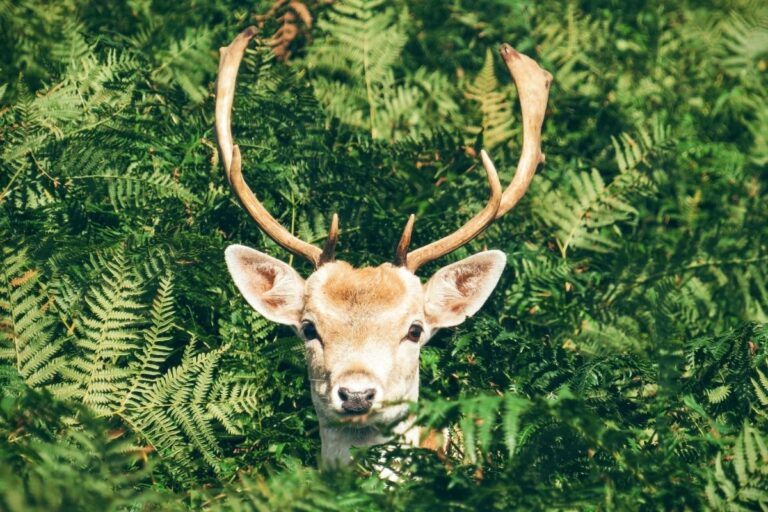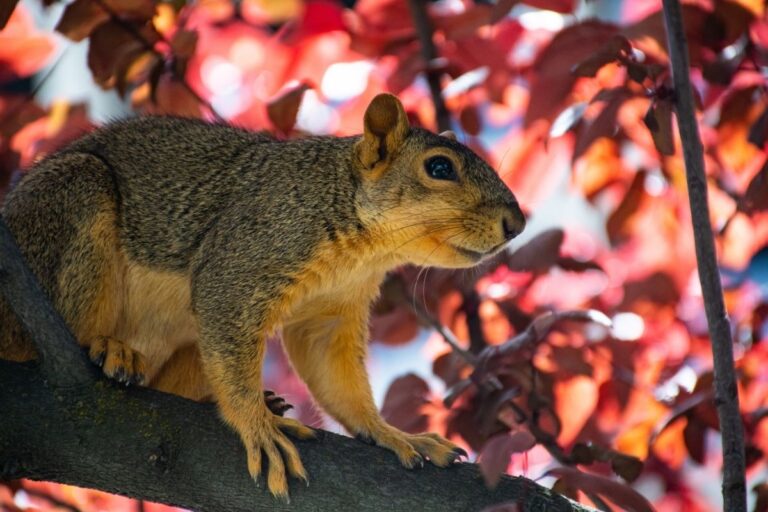Alaska Animals (Animals that Live in Alaska)
Last Updated on May 20, 2023 by Shu
Do you know how many Alaskan animals there are? Are they your favorite animals?
Alaska is found in the Northwest corner of the United States, separated from the rest of the United States by Canada.
It is the largest US state, with most of it being untouched wilderness. This makes for some fascinating Alaska wildlife.
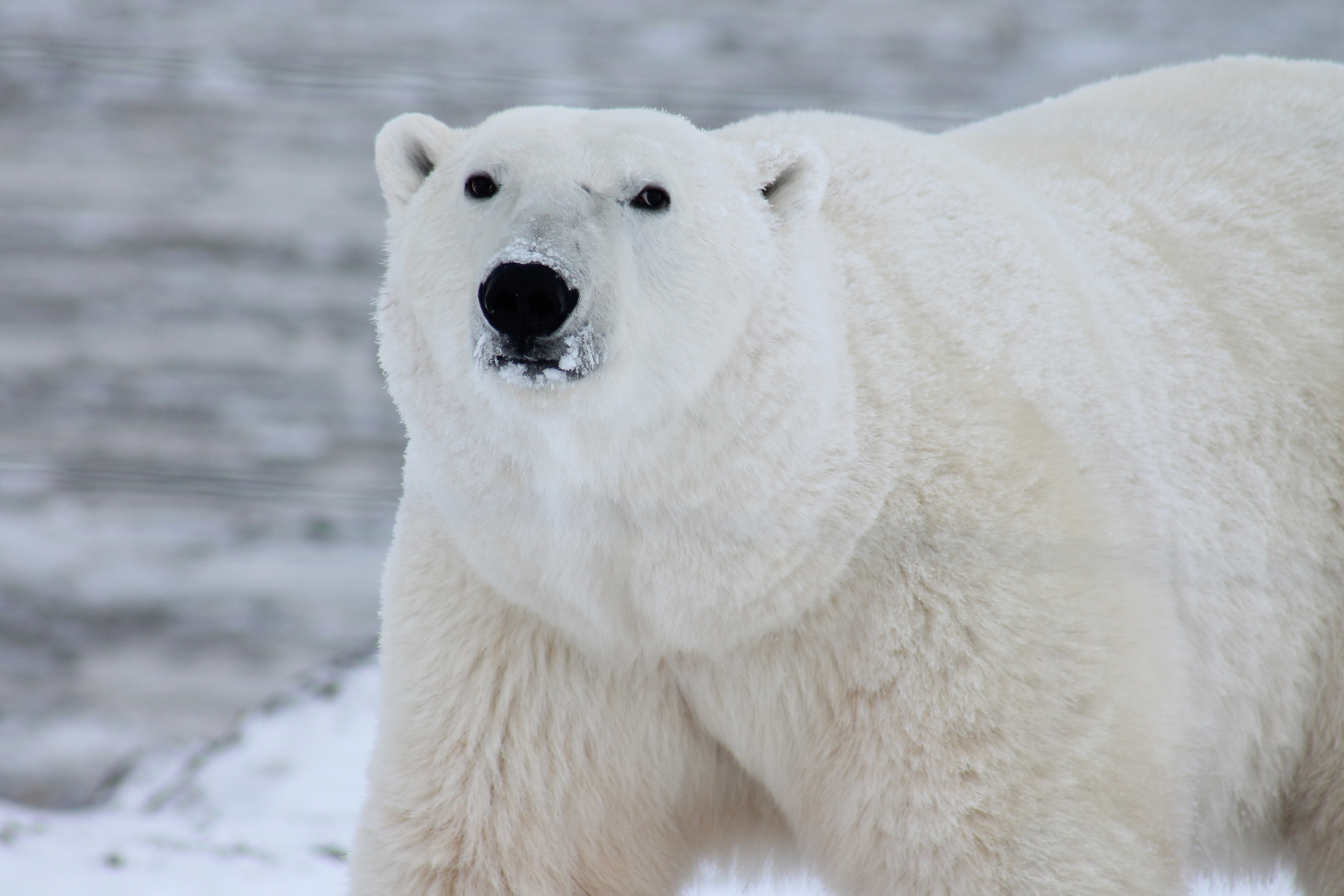
Alaskan Animals – Wild Animals in Alaska
The various animals in Alaska have to survive extreme weather conditions, with temperatures below freezing.
We have put together this helpful guide to give you useful and interesting information about incredible wildlife that reside in Alaska. Keep reading to find out more.
Grizzly Bears (Brown Bears, Black Bears, and Polar Bears)
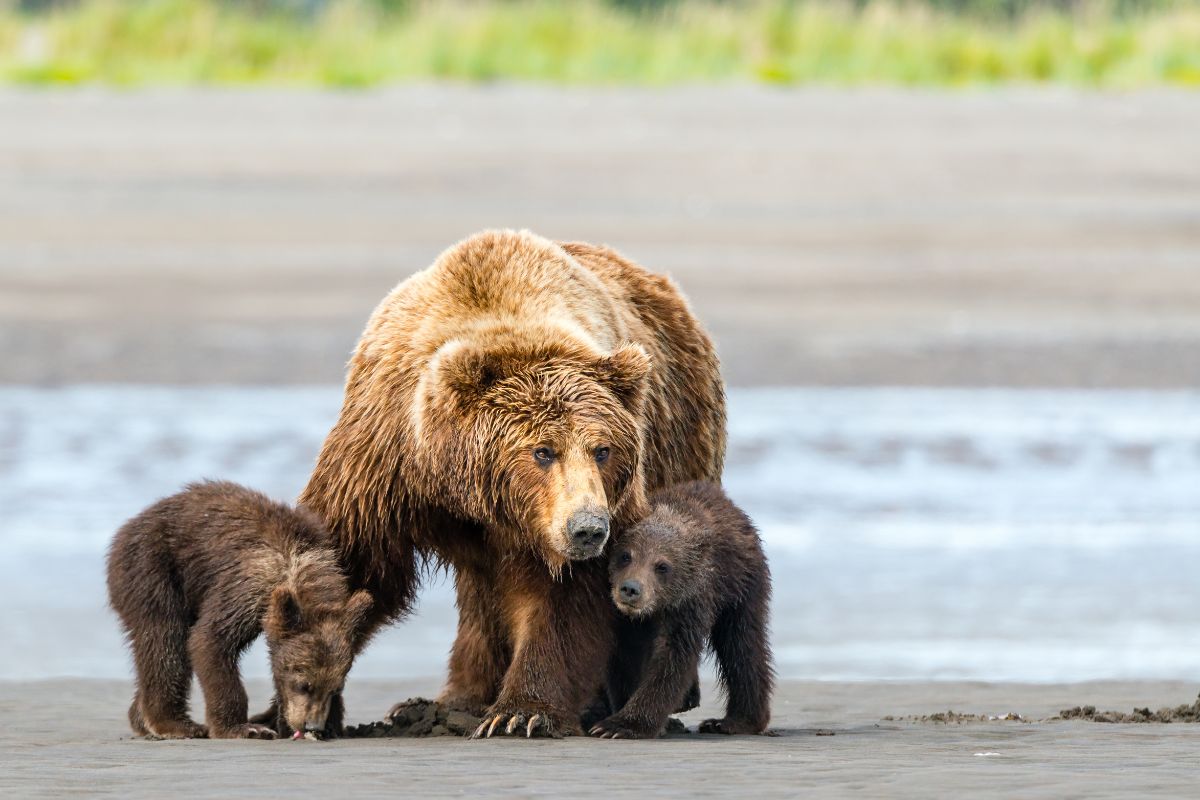
There are three large groups of bear are found in Alaska – Brown Bears, Black Bears and Polar bears. 98% of the brown bears living in the United States can be found in Alaska and they are one of the top predators in the area.
In some areas of Alaska there is one brown bear per square mile.
Black bears are smaller than brown bears and there are around 100,000 of them in Alaska. They venture a lot closer to populated areas than brown bears.
They can sometimes make a nuisance of themselves by scavenging for food source in garbage bins and exploring people’s gardens.
They don’t often attack humans, and they are considered less dangerous than brown bears.
Polar bears are only found in the Northernmost part of Alaska, along the coastline which is covered in perma-frost. Polar bears were hunted for by humans in Alaska up until 1972.
This, combined with global warming, has caused their numbers to decline and they are now considered a vulnerable species. There are no fewer than 5000 polar bears in Alaska.
Bison (Endangered Species)
Bison are found in large numbers in Alaska, they’re not Alaska natives because they do not originate from that region. They were brought over from Montana in the 1920s and stick mostly to the forest regions.
There are few sub species of Bison that live in Alaska, and some of them are thriving more than others.
The American Bison (plains bison) have to be hunted to control the population as there are not many animals that prey on them, whereas the Wood Bison is all but wiped out due to the habitat loss, fragmentation, genetic diversity loss and food loss. Wood Bisons in Alaska are at risk.
Caribou
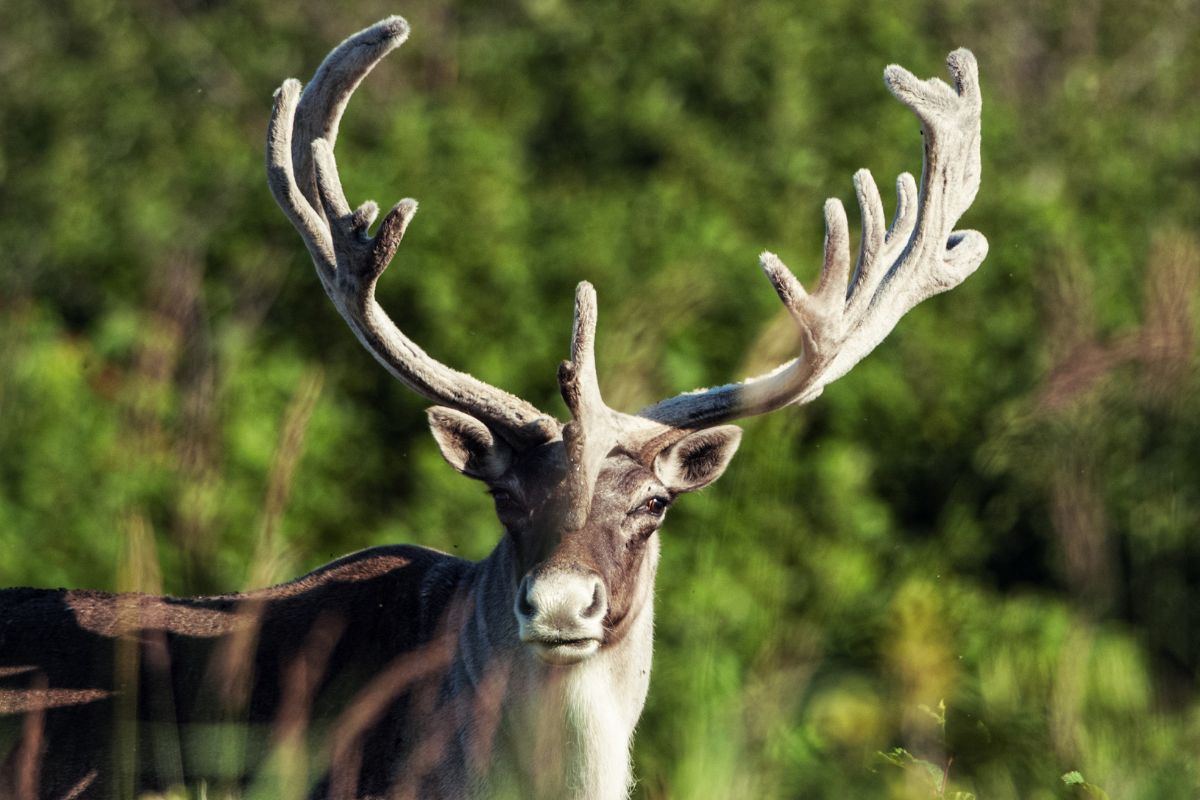
Caribou live in the mountain and tundra areas of Alaska where the trees are sparse, but some herds spend the harshest winter months in the forest which provides them with some shelter from the harsh weather conditions.
Caribou herds can travel up to 80 kilometers per day in search of food. The population of caribou is controlled by their natural predators, and by sport hunting.
Dall Sheep
Dall Sheep, as known as mountain goats (Ovis dalli dalli) are commonly found in mountainous alpine habitats throughout northwestern British Columbia, the Yukon Territory, Northwest Territories, and Alaska. Among their most distinctive characteristics are their massive curled horns on males and females. It is common for female Dall sheeps (known as ewes) to have horns, but theirs are shorter and more slender.
Moose
The subspecies of moose found in Alaska is the largest in the world. Alaskan moose have been hunted by humans for many years, but they are still abundant in numbers within Alaska.
They can cause issues for the locals as they tend to ignore the presence of roads and will trespass on private land, eating crops and destroying gardens.
The adult moose make a difficult target for predators due to their size, strength and antlers. However, bears and wolves will often go for young calves or weaker moose with injuries.
They tend to be quite solitary rather than traveling in large herds like bison or caribou.
Wolves
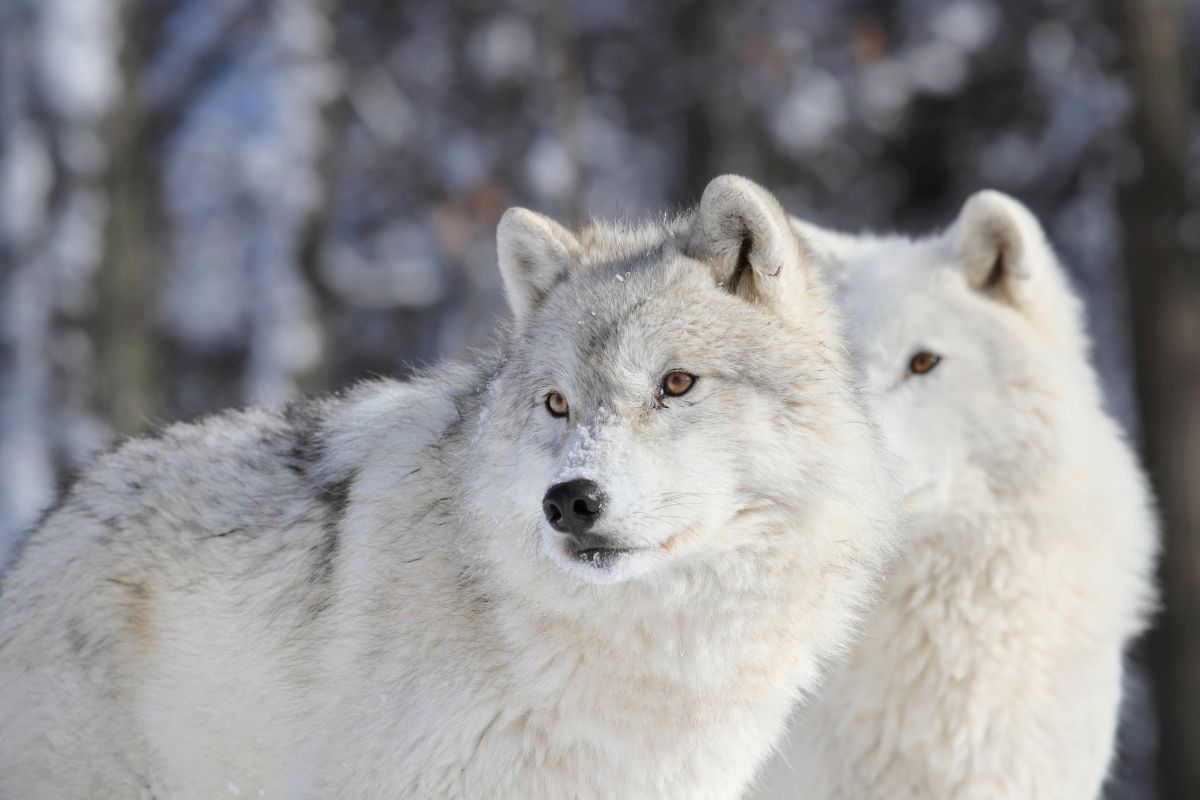
Wolves are one of the deadliest predators in Alaska. They are apex predators, which means they are at the top of the food chain. They hunt in packs and are very territorial.
They have a strong sense of smell and good hearing, so they will know as soon as something enters their territory.
Wolves are essential for keeping the ecosystem well balanced. They are entirely carnivorous and feed on caribou, moose and small mammals.
Humpback Whales
The coastal Alaska is a popular spot for whale watching and there are nine different species of whale that live along the coast – Beluga whales, Blue whales, Bowhead whales, Bottlenose whales, Gray whales, Humpback whales, Minke whales, Sperm whales and orcas (Killer whales).
The peak season for whale watching is from May through to September, when lots of boat tours take people out onto the water to spot whales.
Wolverine
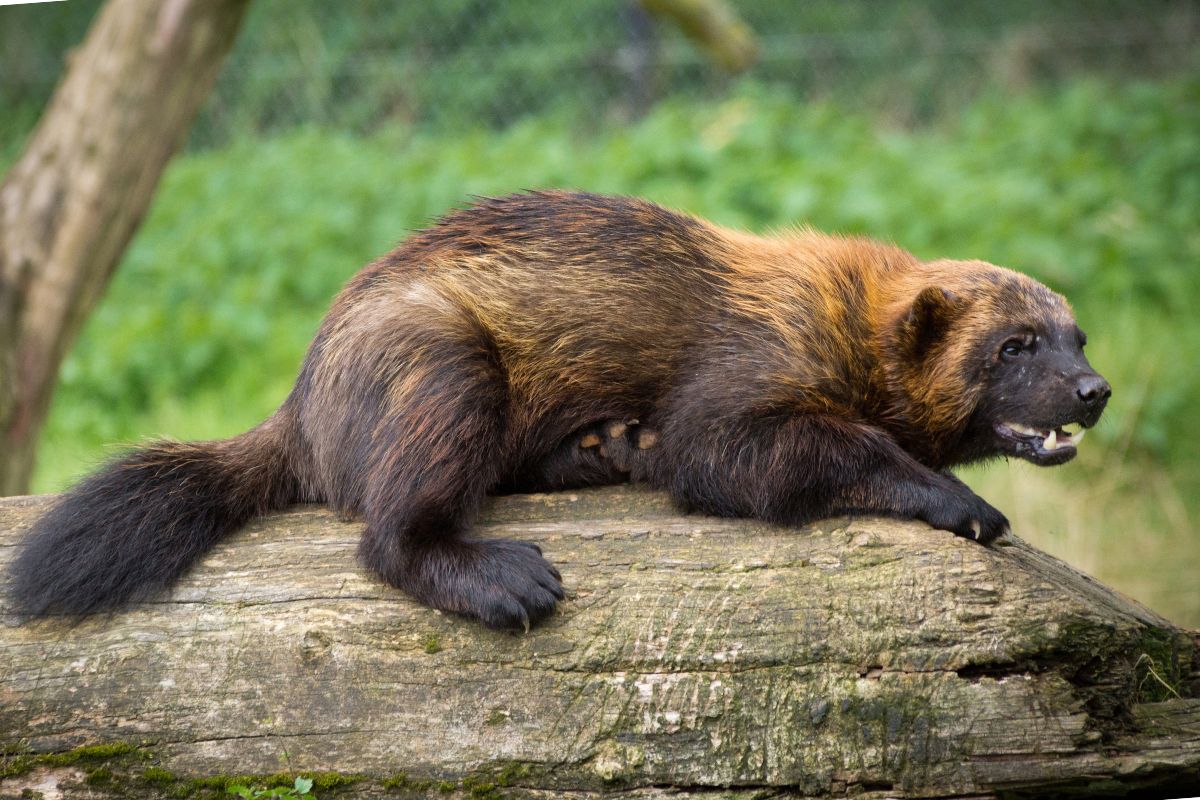
Wolverine’s are aggressive carnivores that can be found in mountainous areas and dense forest. They eat caribou, smaller moose, sheep and goat.
They also steal the eggs of other animals. They are much smaller than wolves, and they travel alone rather than in a pack.
They are small enough to be eaten by bears and wolves, and they are also hunted by humans. Indigenous people and North American settlers hunted wolverines for their pelt.
Marine Turtles
Turtles are often associated with warm climates, but there are two species of marine turtle found on Alaskan shorelines- the green sea turtle and the leatherback turtle.
The leatherback turtle is one of the largest species of reptile in the world.
Both species of turtle are seeing a decline in numbers, with leatherback turtles being classed as vulnerable and green sea turtles being classed as endangered.
Turtles have been hunted for their meat and they are often caught up in fishing lines or killed by fishing activities.
Sea Otter
Sea Otters are aquatic members of the weasel family. They can be found in coastal Alaska, Russia, British Columbia, Washington, and California at the present time. A northern sea otter subspecies inhabits the Aleutian Islands, southern Alaska, British Columbia, and Washington.
Alaska Salmon
Pacific salmon species found in Alaska include Chinook salmon, sockeye salmon, chum salmon, pink salmon, and coho salmon, as well as rainbow trout and cutthroat trout. They are as diverse in their names as they are in their appearance. A chinook salmon is also known as a king salmon, a spring salmon, a Tyee salmon, or a blackmouth salmon.
Birds Of Prey
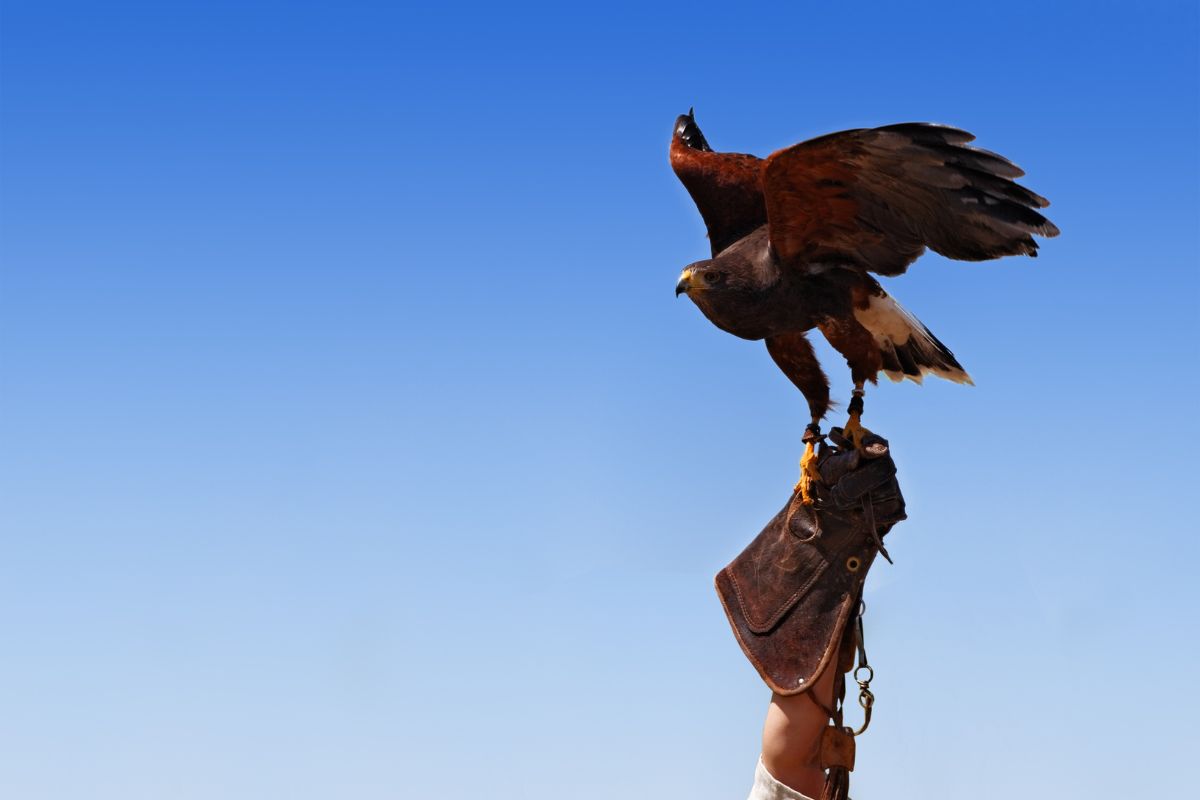
Alaska is home to an impressive array of bird species, including many birds of prey. Alaska has the largest population of bald eagles in the United States.
They spend the Winter in the South of Alaska, and generally prefer to live near water – you will spot higher concentrations of eagles around rivers, lakes and the coast.
There are lots of different owl species that live in Alaska, such as the Boreal owl, the Great Gray Owl, the Northern Hawk Owl and the Snowy Owl.
Ospreys and Gyrfalcons are also very common in Alaska. Spring and Fall are the best times of year for bird watching in Alaska, as the seasonal changes cause a lot of movement and migration.
Summary on Wildlife in Alaska
There is a vast array of wildlife in the region of Alaska, as a lot of the land is totally uninhabited. This wild wilderness is home to some fascinating animals.
Alaska animals are resilient species, as they have to survive the harsh conditions of the Alaskan winter.

